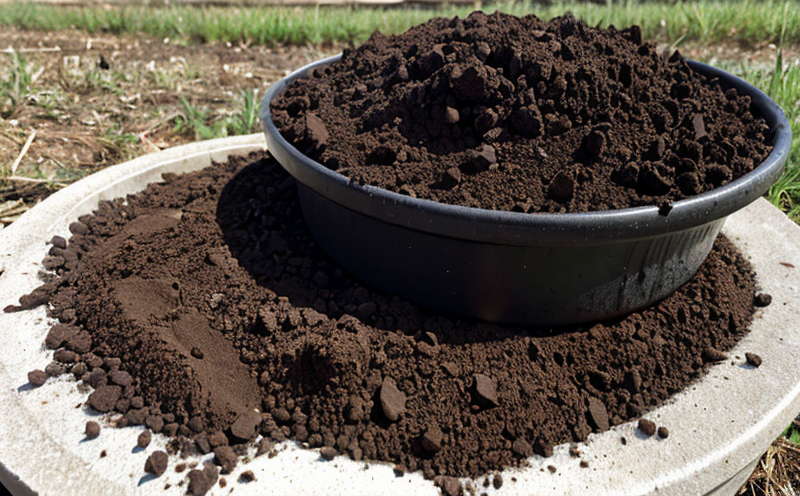EN 16197 Sulfide and Sulfate Content in Leachates
The European standard EN 16197 provides a method to determine the sulfide and sulfate content in leachates. This test is crucial for waste management facilities, recycling plants, and environmental compliance officers as it ensures that leachates from solid waste disposal do not contain harmful concentrations of sulfur compounds.
Leachates are liquid wastes that result from the percolation of water through landfills or other waste containment units. These leachates can potentially contaminate groundwater if they migrate beyond their intended confinement. The presence of high levels of sulfide and sulfate in these liquids is particularly concerning as both compounds can undergo chemical reactions under certain environmental conditions, leading to acid mine drainage and increased acidity in the receiving environment.
The standard specifies a gravimetric method for determining total sulfur content by converting it into sulfur dioxide gas through digestion with potassium persulfate. The generated sulfur dioxide is then absorbed by sodium hydroxide solution, and the amount of sulfur dioxide is determined by titration using iodometric titration. This process ensures precise quantification of sulfide and sulfate in leachates.
The importance of this test cannot be overstated. Compliance with environmental regulations such as Directive 2008/98/EC on waste management requires accurate monitoring of leachate quality. Non-compliance can lead to legal penalties, reputational damage, and operational disruptions for the facility.
Understanding the sulfide and sulfate content in leachates also aids R&D engineers in optimizing landfill design and waste treatment processes. By knowing the exact levels of these compounds, facilities can implement more effective strategies to mitigate potential environmental impacts. For example, they may adjust the pH level or add chemical amendments to neutralize harmful effects.
Furthermore, this test is vital for quality managers who oversee the entire lifecycle of waste management operations. It provides critical data that helps ensure that leachates meet stringent discharge limits set by regulatory bodies like the European Environment Agency (EEA) and the U.S. Environmental Protection Agency (EPA).
Why It Matters
The determination of sulfide and sulfate content in leachates is essential for several reasons:
To ensure compliance with environmental regulations.
To protect the environment from potential contamination.
To enhance operational efficiency by optimizing waste treatment processes.
To improve the overall quality of leachate management in recycling and landfill operations.
Understanding these parameters helps in making informed decisions that can prevent ecological damage, reduce costs associated with remediation efforts, and ensure long-term sustainability.
Benefits
Achieve compliance with European standards for waste management.
Reduce the risk of environmental contamination from leachates.
Improve operational efficiency by optimizing treatment processes.
Increase confidence in the quality and safety of recycled materials.
The ability to accurately measure sulfide and sulfate content ensures that waste management facilities can operate within legally defined parameters, thereby protecting public health and the environment. This testing also supports continuous improvement initiatives aimed at enhancing recycling practices and reducing landfill impacts.
Environmental and Sustainability Contributions
Detecting high levels of sulfide and sulfate in leachates is critical for environmental sustainability:
Mitigation of acid mine drainage: Sulfate reduction can lead to the formation of sulfuric acid, which contributes significantly to acid mine drainage. Detecting and managing these compounds helps prevent such detrimental effects.
Reduction in greenhouse gas emissions: By ensuring that leachates do not contain excessive sulfide, facilities can reduce the risk of hydrogen sulfide emissions, a potent greenhouse gas.
Promotion of circular economy principles: Accurate testing supports the development and implementation of sustainable waste management practices that contribute to a circular economy.
The identification and mitigation of sulfide and sulfate in leachates are integral parts of environmental stewardship. By adhering to standards like EN 16197, facilities can play their part in creating a more sustainable future for all.





